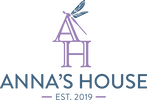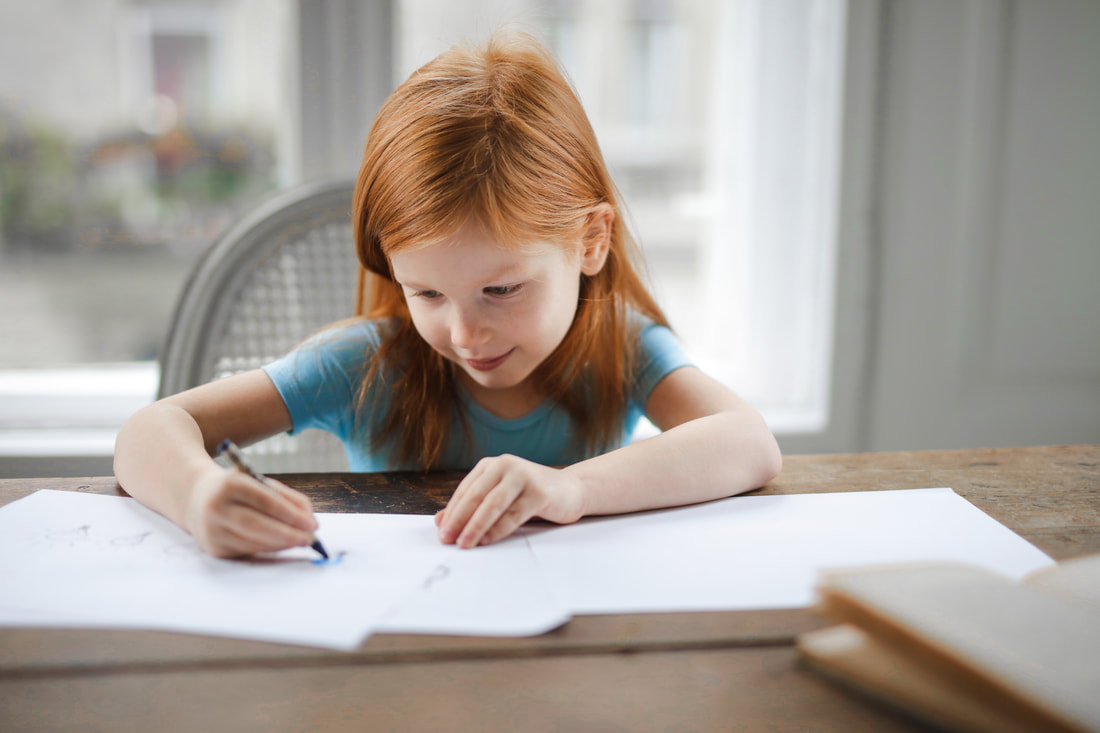Curriculum
Literacy
Reading and writing are not skills that develop naturally in children. Children must be taught to read and write, and we must teach them evidence-based approaches. Using the Wilson reading sequence, we teach our children to read by first teaching the sounds (phonemes) and then the letter and letter combinations (graphemes) that represent those sounds. At the same time, we build students’ love of literature and content knowledge through literary and content-rich “read-alouds” and decodable texts that contain the sounds and letters as students learn them. By practicing active listening and speaking skills, even our youngest students cultivate a climate of respectful civil discourse that pervades all the grades. Pre-readers may dictate or draw, but will soon find themselves happily writing about their knowledge, and supporting their opinions with evidence from their own research on a wide variety of topics.
Science, Geography, History, and Civics
In students’ nascent years, and even as they grow, much of our curriculum in these critically important areas will be conveyed in the literacy block. Through an integrated approach to learning, students will learn these inextricably related content areas as they learn to read and write. We use literary texts, literary nonfiction, as well as essential “informational” texts to convey information about the world, our history, and our government. We choose texts that deliberately build a “staircase of complexity” so that our students can wrestle successfully with grade level texts about these essential content areas. We also identify texts at a wide range of reading levels focused on the content students are studying so that we can simultaneously meet the needs of struggling students and students who need more challenges.
Mathematics
Our Math Curriculum is a combination of a few curriculum resources. The Everyday Mathematics Program, which emphasizes “real-world” problem-solving skills, also builds students’ innate mathematical fluency, Bridges. Everyday Mathematics contains many “hands-on” activities and practical games that make mathematics fun. Because Everyday Mathematics is designed to build students’ mathematical reasoning skills, the program often teaches students several ways of solving a problem—ways that may differ from the way parents learned math. Bridges in Mathematics is a new curriculum we are exploring. Bridges "is a comprehensive PK-5 curriculum that equips teachers to fully address state standards in a rigorous, engaging and accessible manner. Students gain a deep understanding of concepts, proficiency with key skills, and the ability to solve complex problems. The curriculum is composed of three distinct but integrated components: Problems & Investigations, Work Places and Number Corner".
Art, Music, and Physical Education
Our classrooms will be filled with art and music, integrated into the study of literacy and mathematics, in particular. Not only will students learn about art and art history, they will have many chances to make art every day as they express their learning as well as their imaginations. Many teachers will incorporate singing and dancing into their instruction, offering “brain Breaks” that allow student to move and sing. We will also provide regular outdoor exercise and play.
Reading and writing are not skills that develop naturally in children. Children must be taught to read and write, and we must teach them evidence-based approaches. Using the Wilson reading sequence, we teach our children to read by first teaching the sounds (phonemes) and then the letter and letter combinations (graphemes) that represent those sounds. At the same time, we build students’ love of literature and content knowledge through literary and content-rich “read-alouds” and decodable texts that contain the sounds and letters as students learn them. By practicing active listening and speaking skills, even our youngest students cultivate a climate of respectful civil discourse that pervades all the grades. Pre-readers may dictate or draw, but will soon find themselves happily writing about their knowledge, and supporting their opinions with evidence from their own research on a wide variety of topics.
Science, Geography, History, and Civics
In students’ nascent years, and even as they grow, much of our curriculum in these critically important areas will be conveyed in the literacy block. Through an integrated approach to learning, students will learn these inextricably related content areas as they learn to read and write. We use literary texts, literary nonfiction, as well as essential “informational” texts to convey information about the world, our history, and our government. We choose texts that deliberately build a “staircase of complexity” so that our students can wrestle successfully with grade level texts about these essential content areas. We also identify texts at a wide range of reading levels focused on the content students are studying so that we can simultaneously meet the needs of struggling students and students who need more challenges.
Mathematics
Our Math Curriculum is a combination of a few curriculum resources. The Everyday Mathematics Program, which emphasizes “real-world” problem-solving skills, also builds students’ innate mathematical fluency, Bridges. Everyday Mathematics contains many “hands-on” activities and practical games that make mathematics fun. Because Everyday Mathematics is designed to build students’ mathematical reasoning skills, the program often teaches students several ways of solving a problem—ways that may differ from the way parents learned math. Bridges in Mathematics is a new curriculum we are exploring. Bridges "is a comprehensive PK-5 curriculum that equips teachers to fully address state standards in a rigorous, engaging and accessible manner. Students gain a deep understanding of concepts, proficiency with key skills, and the ability to solve complex problems. The curriculum is composed of three distinct but integrated components: Problems & Investigations, Work Places and Number Corner".
Art, Music, and Physical Education
Our classrooms will be filled with art and music, integrated into the study of literacy and mathematics, in particular. Not only will students learn about art and art history, they will have many chances to make art every day as they express their learning as well as their imaginations. Many teachers will incorporate singing and dancing into their instruction, offering “brain Breaks” that allow student to move and sing. We will also provide regular outdoor exercise and play.


